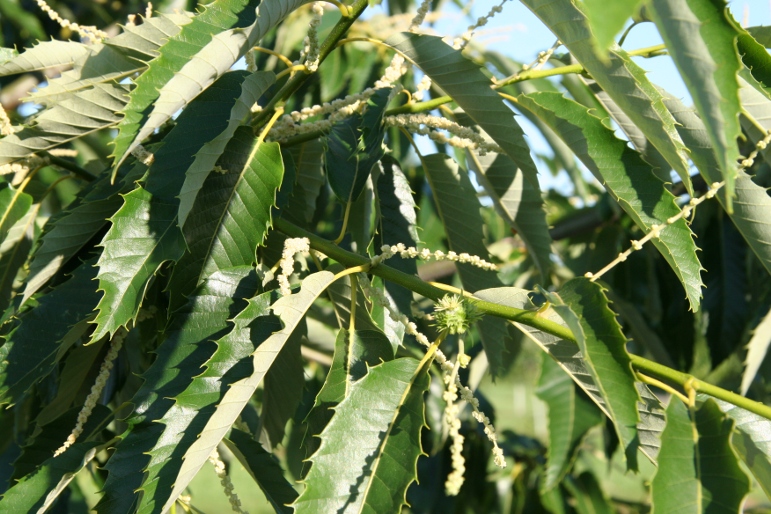chestnut tree leaves curling up
I would suggest that before you make demands have a friendly neighborly conversation and ask for cooperation in determining if the tree roots are in fact presenting. Under normal circumstances only two major problems cause fruit tree leaves curling.
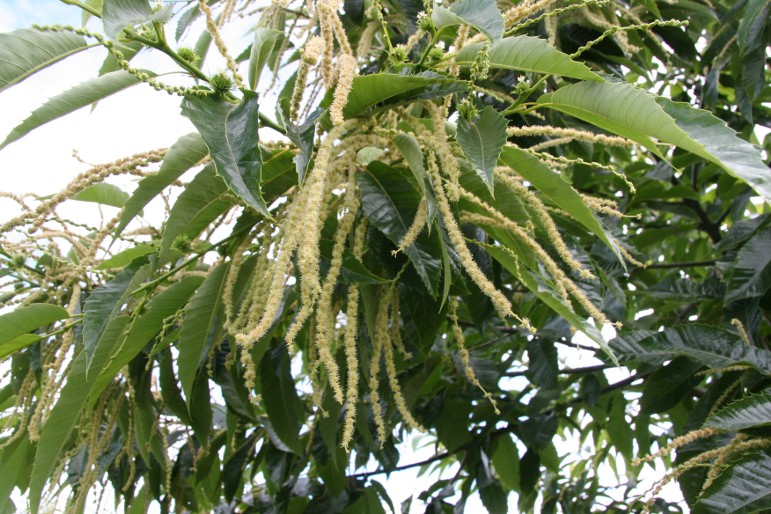
Washington Chestnut Company Reading Chestnut Tree Leaves
If you spot them spray your citrus tree with insecticidal soap or neem oil making sure to coat areas where pests were spotted.
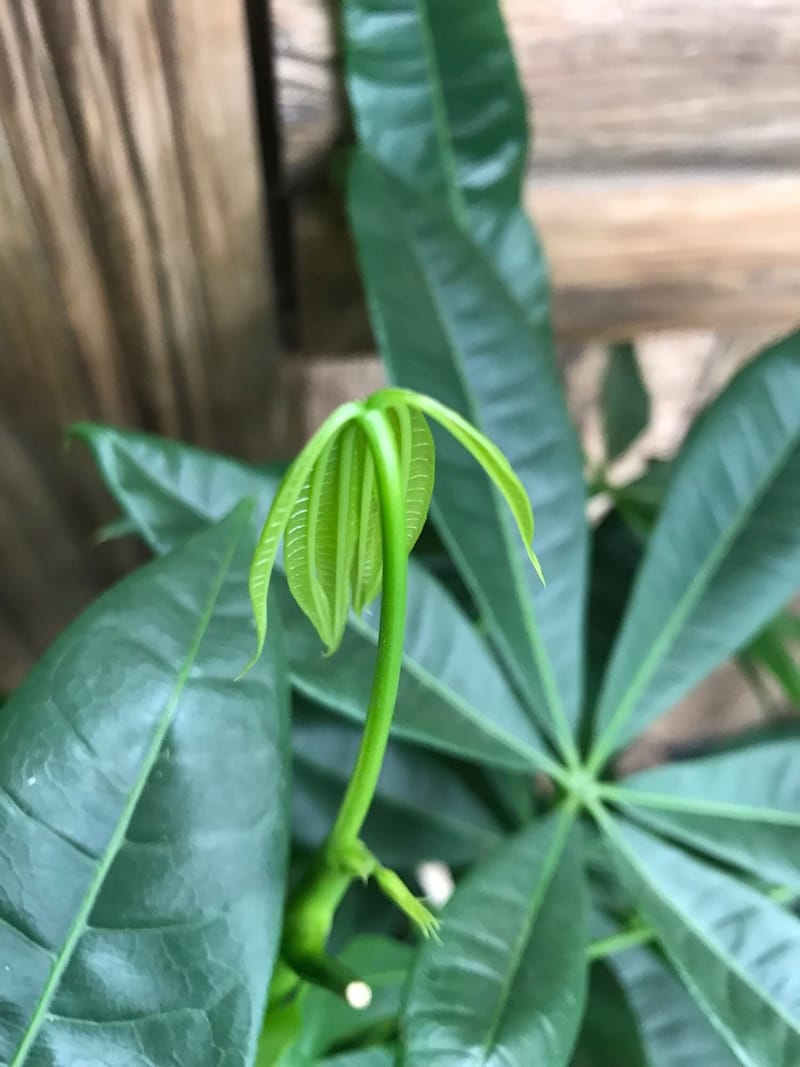
. Flower buds may be white on the outside and never open. Prevent this disease by preventing injury to the tree from machinery frost and rot. Leaves typically wilt or roll up if a plant isnt getting enough water but excess watering can cause leaf curl too.
A gray velvety mold grows on the damaged area followed by leaf discoloration curling and twig dieback. To prevent mold do not put the sample into a plastic bag. Botrytis disease infiltrates trees that have open wounds.
Extreme temperature conditions can cause the plant to exhibit leaf problems such as wilting or curling. In other plants when the leaf curls like this it is a possible indication of water stress not so with chestnut trees. Leaves should be from sunny exposure if possible.
Leaf blotch disease Guignardia aesculi causes large brown spots to form on the infected leaves. Dry leaves stay attached to the old galls making infestations especially easy to spot in the winter. Eventually severely infected leaves turn brown -- the coating blocks light from reaching them -- then drop.
Leaf spot disease Mycosphaerella maculiformis initially appears as small white spots that turn dark brown and enlarge as the disease progresses. But to ask for removal may be premature. Too much heat can also cause the Money Tree to end up with the tips of its leaves curling up.
A common disease in oak trees and other varieties of deciduous hardwoods chestnuts may be affected by anthracnose as well. Although the wasps rarely kill established trees galled twigs die back nut production declines and small trees may die. These could have occurred before the plants were purchased.
The patches then thicken and pucker causing the entire leaves to curl up and become distorted. Leaf curl can be a chronic problem on fruit trees but is not typically fatal. Many horse chestnut trees in Norfolk are suffering from an infestation of the horse chestnut leaf miner which causes patches on the leaves to go brown in July and early August.
Established trees rarely require supplemental irrigation. Powdery mildew is a disease that shows up most prominently on new leaf growth. When you notice your citrus leaves are curling check their undersides carefully for tiny pests feeding in clusters.
As populations grow they can cause deformations including curling and cupping in leaves as well as discoloration. Bacterial bleeding canker has also caused problems to horse chestnut trees. Usually on the south side of the tree the cankers that erupt due to bark death can look similar to chestnut blight.
During hot dry weather however your trees may need double that amount. Twig dieback may also occur and buds may die early in the season exhibiting symptoms that resemble frost damage. Symptoms of infection include dry brown irregular spots on leaves curling foliage and defoliation.
Also consider adding beneficial insects to the area. According to many resources young trees need about a gallon of water every seven to 10 days during normal conditions. Root ball desiccation prior to planting canopy or root ball desiccation during transport.
Other chestnut cultivars do the same leaf curl but usually not as much as the Colossal does. Your concern is legitimate horse-chestnuts are large growing trees and you certainly have a right to discuss it with the tree owner. Press leaves between pieces of cardboard to flatten and prevent curling or crushing as they dry.
If you think you have an American chestnut tree send us a freshly-cut 6-12 inch twig with mature leaves attached. Bad infestations will cause the leaves to become dry brittle and brown and eventually they will curl and drop off. Chestnut trees suffer from several fungal diseases that attack the leaves.
This leaf miner which is part of the life cycle of the moth Cameraria ohridella. Peach leaf curl fungus and aphids. Keep an eye on the leaves of your tree for spots that first look bleached then turn brown and roll up early but do not drop from the tree.
The leaves of affected plants develop large reddish brown blotches surrounded by yellow tissue often causing the foliage to curl and brown. Sunscald or southwest disease. The reason for the branches foliage turning yellow then brown could be due to handling of the tree prior to planting eg.
A problem that mimics chestnut blight in its appearance and damage to the tree is sunscald. Ideally keep soil moist. The plant prefers a mild 55 to 65 F room temperature in order to stay healthy.
Wilted or curled pear tree leaves may be a sign that your tree isnt getting enough water. The leaves may fall off and young twigs and shoots can also become stunted and die. Blistered areas on leaf edges that causes them to curl upward.
Report this to your local county extension office. When the leaf curls like in these pictures it is normal and healthy. Since the foliage is usually not badly damaged until after the tree has completed much of its annual growth the disease is primarily aesthetic.
Crushed or bent leaves are much harder to analyze as are leaves. All chestnut gall wasps are females that reproduce without mating Once the wasps emerge the galls shrivel up. In severe cases leaves may fall prematurely in late summer.
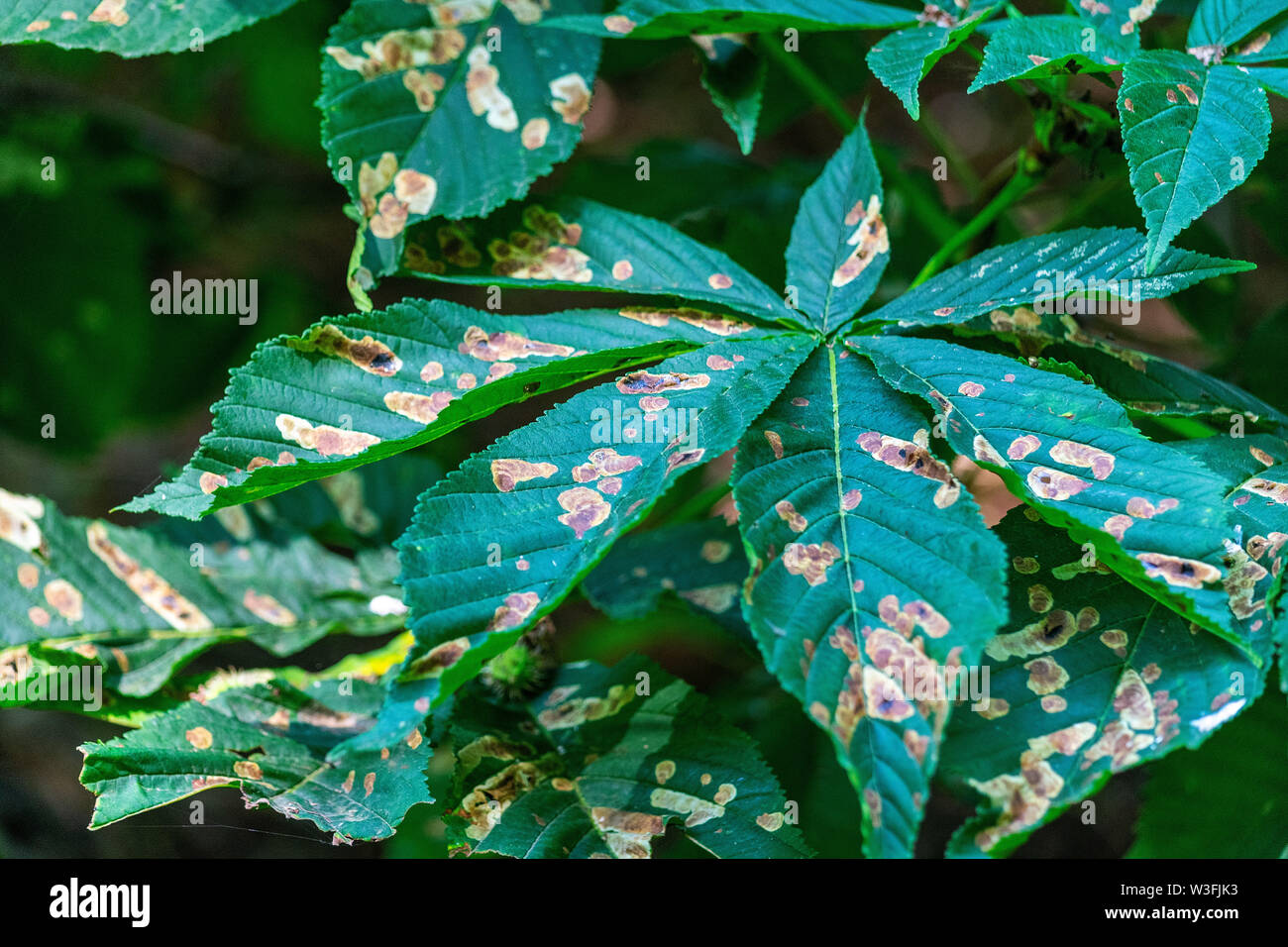
Diseased Horse Chestnut Tree High Resolution Stock Photography And Images Alamy
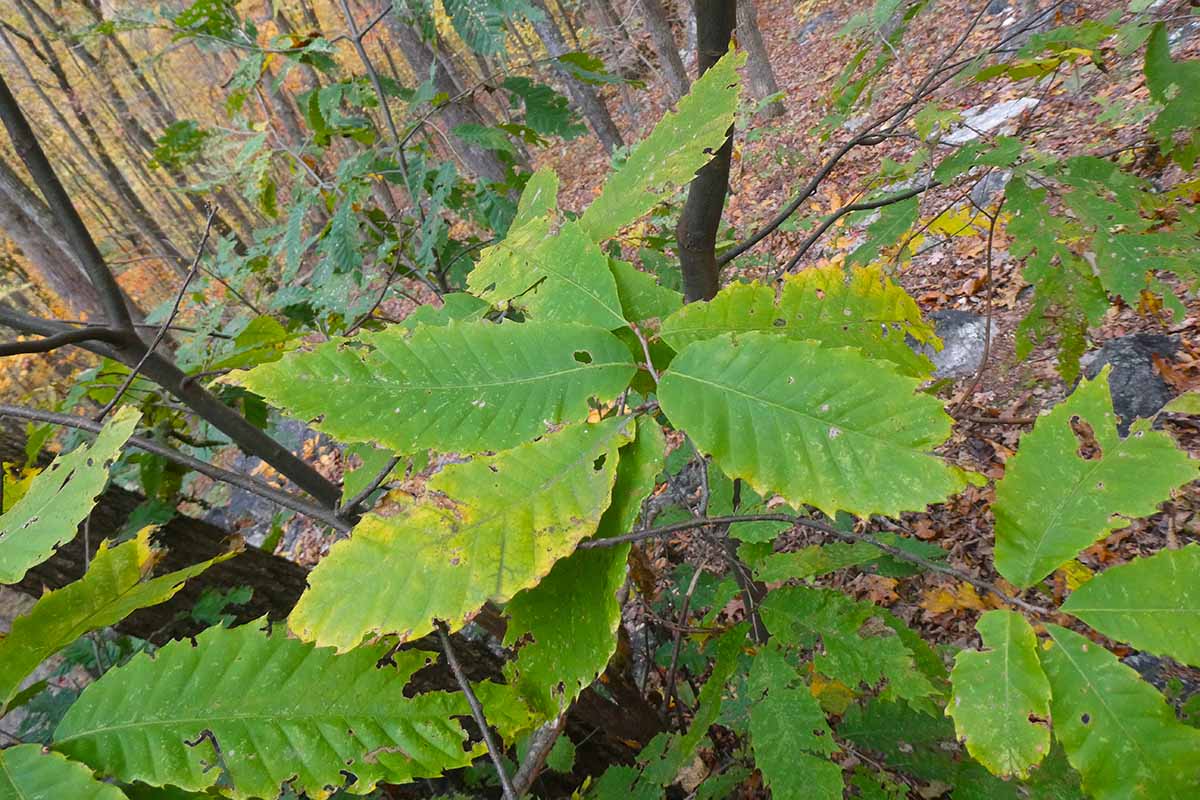
Common Chestnut Tree Diseases Gardener S Path
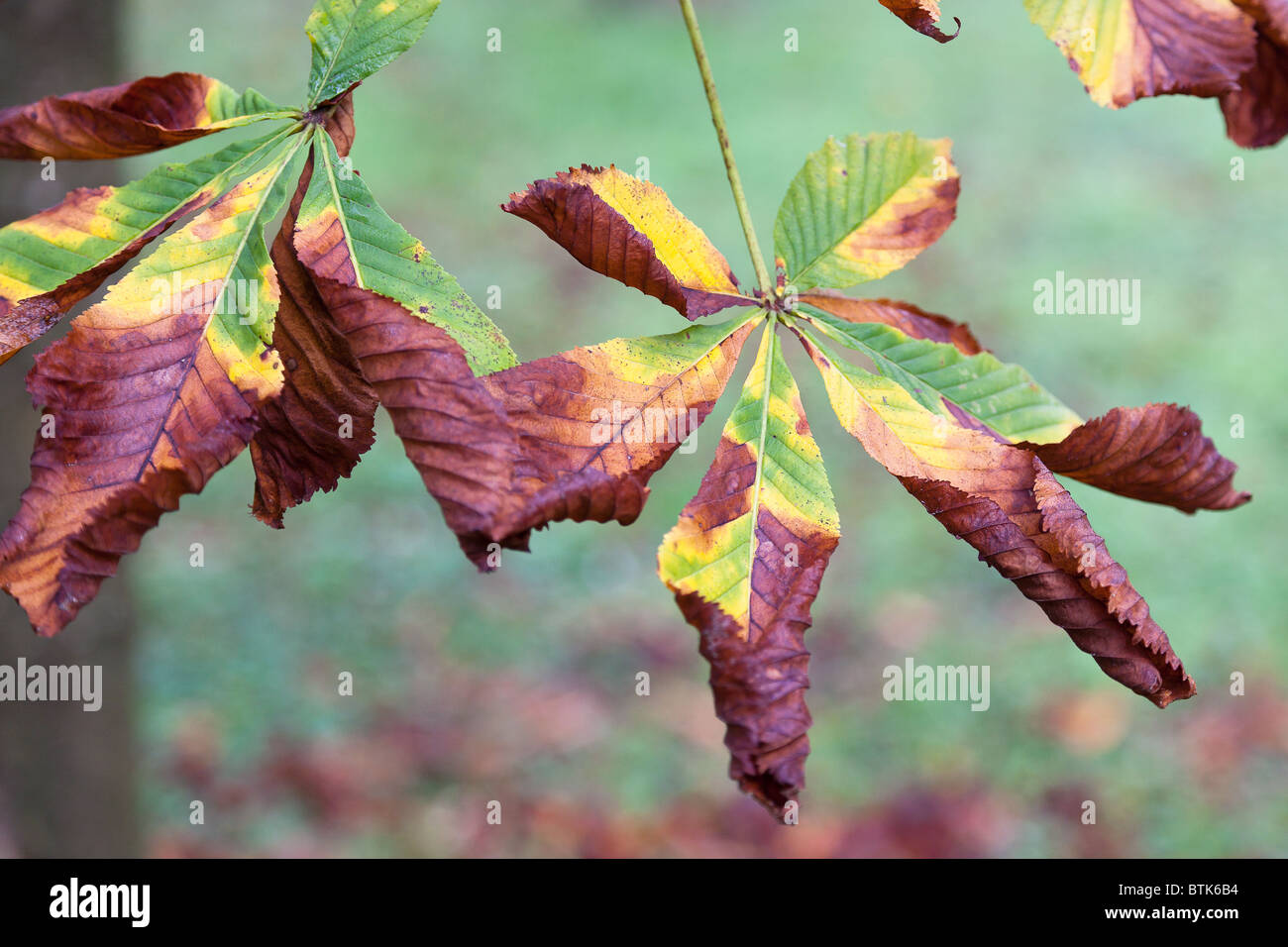
Close Up Of Dying Horse Chestnut Tree Leaves Stock Photo Alamy
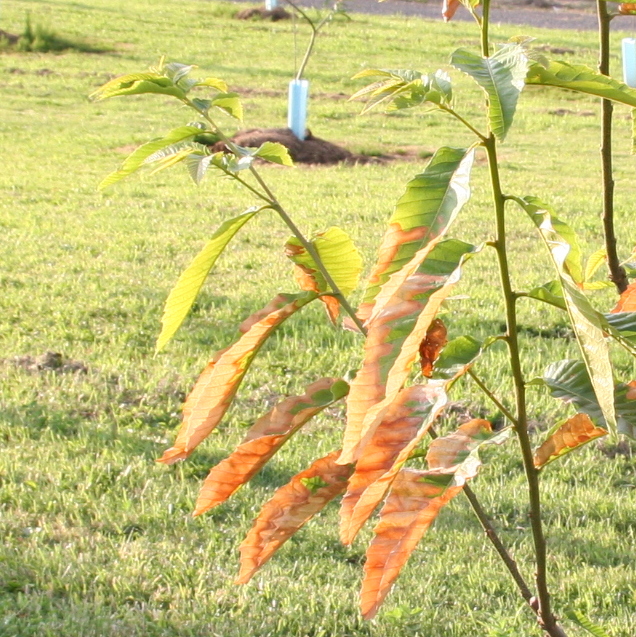
Washington Chestnut Company Reading Chestnut Tree Leaves

Horse Chestnut Leaves Begin To Dry And Curl At Edges Due To Heat And Drought Hot Summer No Rain Stock Image Image Of Branch Growth 186785003
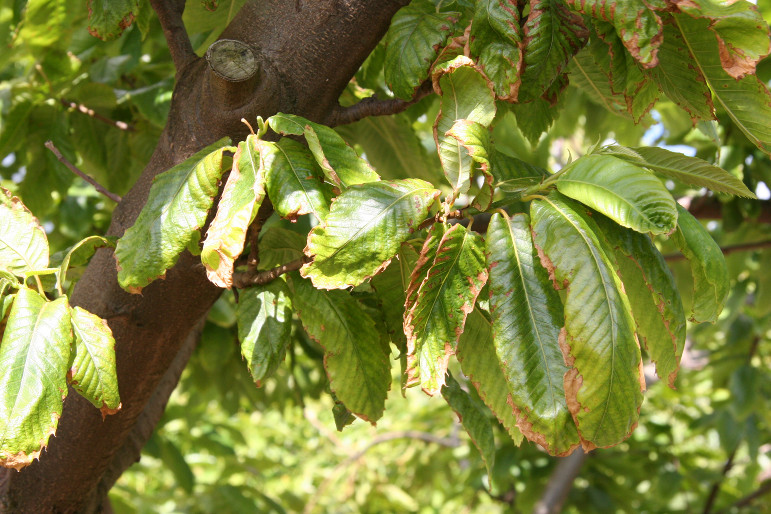
Washington Chestnut Company Reading Chestnut Tree Leaves
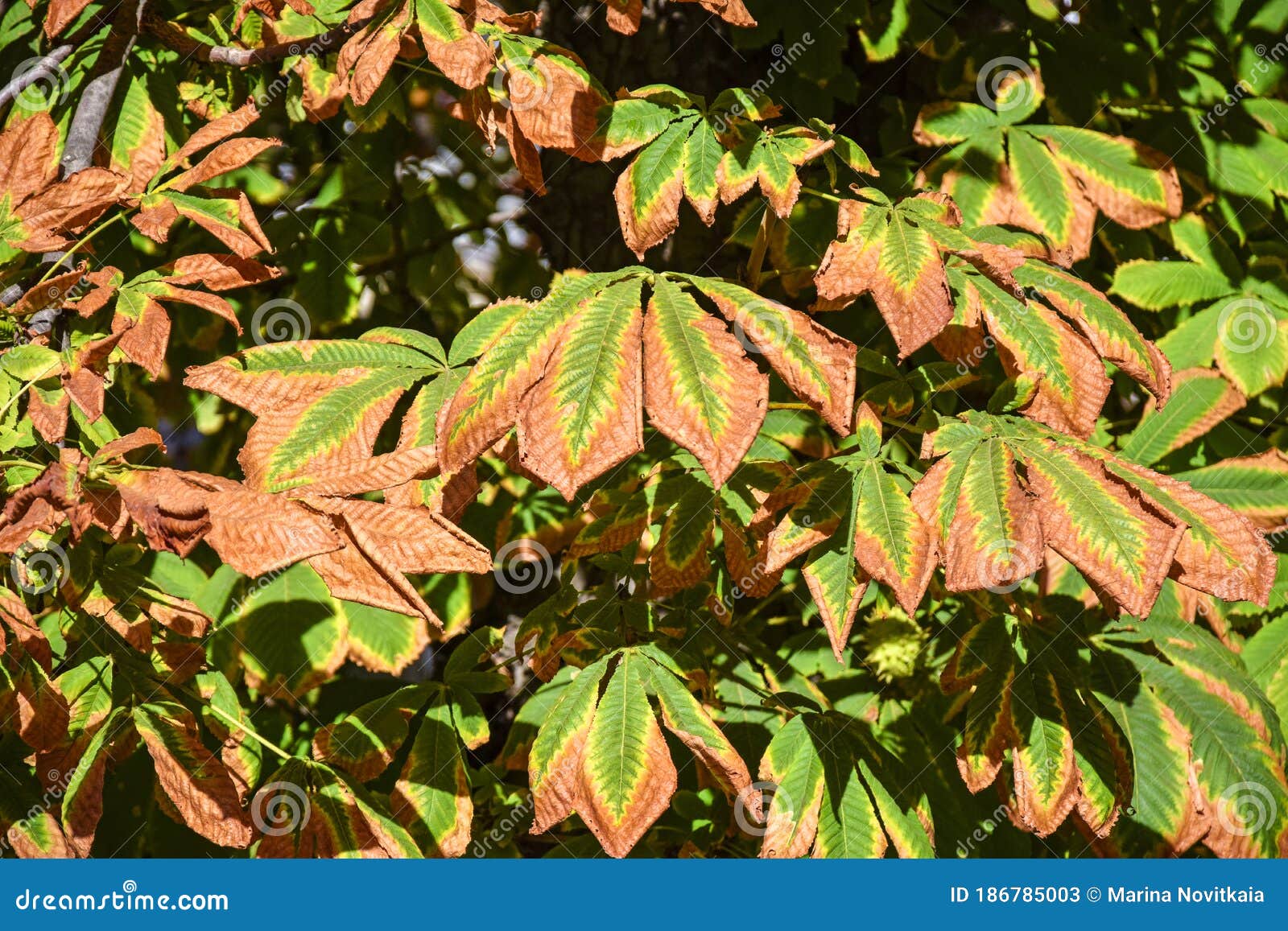
Horse Chestnut Leaves Begin To Dry And Curl At Edges Due To Heat And Drought Hot Summer No Rain Stock Image Image Of Branch Growth 186785003
Threats To Our Horse Chestnut Trees Conker Tree Science
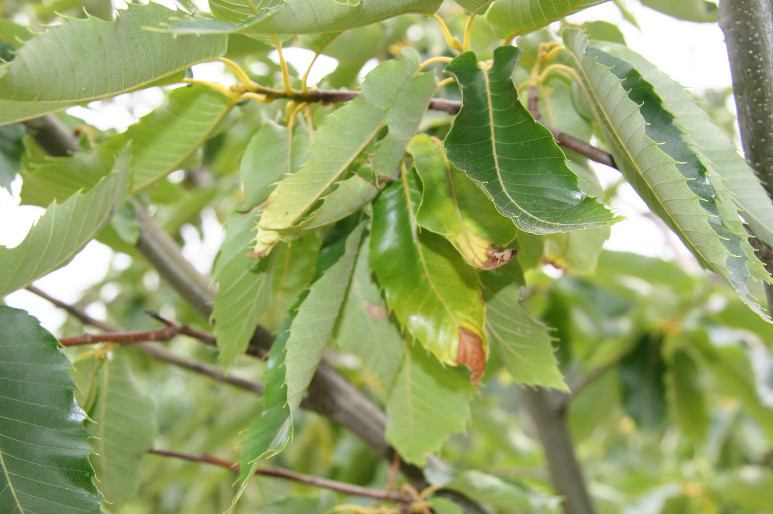
Washington Chestnut Company Reading Chestnut Tree Leaves
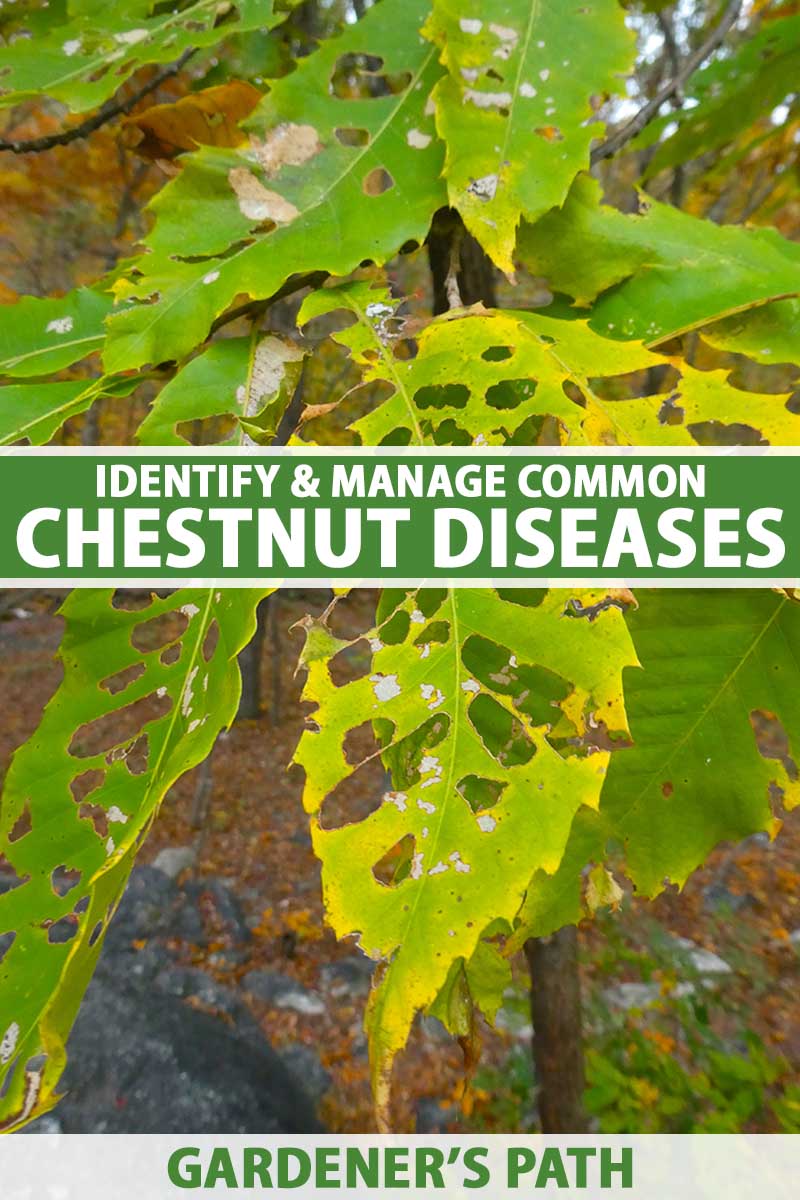
Common Chestnut Tree Diseases Gardener S Path
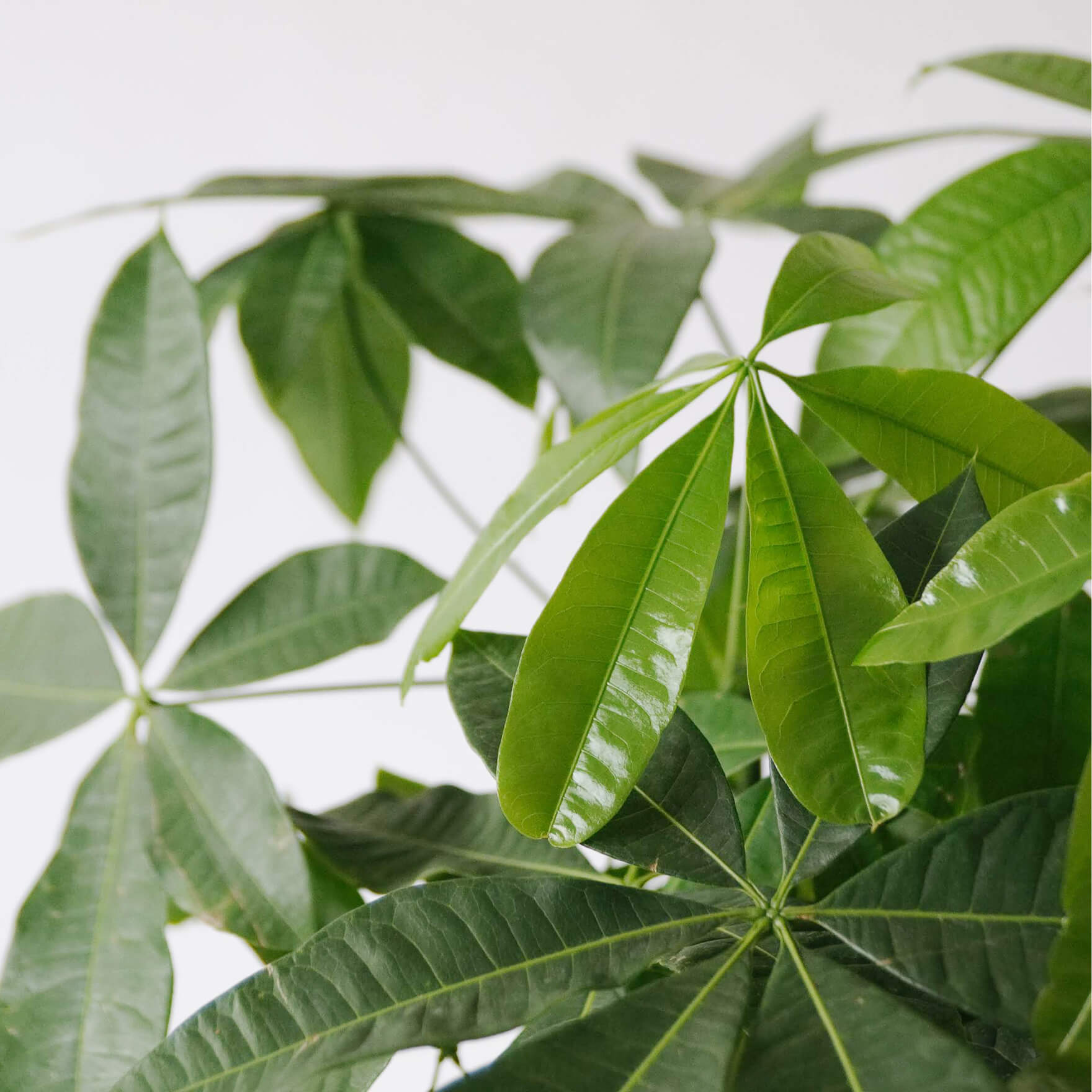
Why Are My Money Tree S Leaves Yellowing Bloomscape
Threats To Our Horse Chestnut Trees Conker Tree Science

Chestnut Leaf Curl Deer Hunter Forum
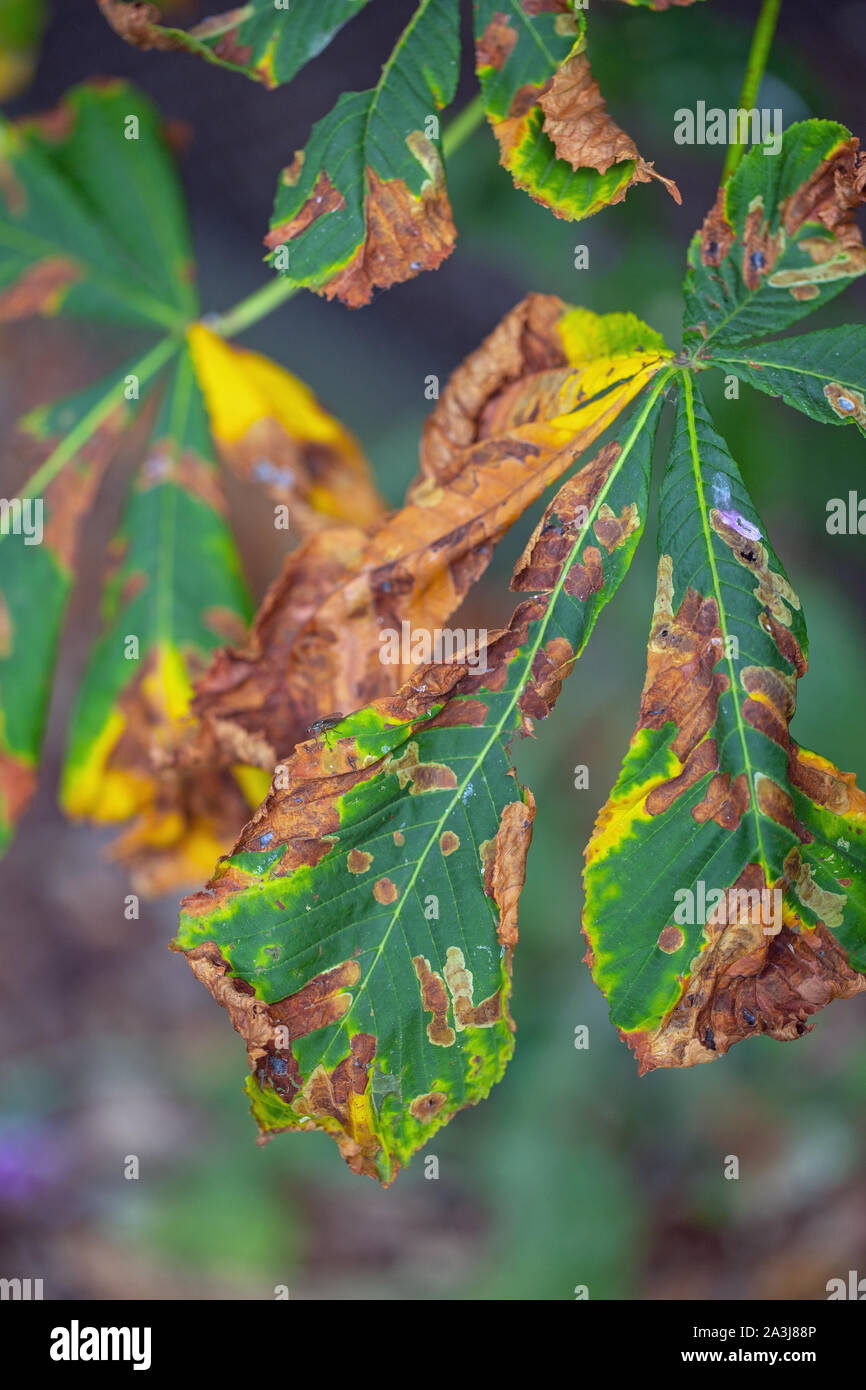
Horse Chestnut Tree Leaves Aesculus Hippocastanum Leaf Blotch Caused By Fungus Guignardia Aesculi Colourful But Not Seriously Damaging Stock Photo Alamy
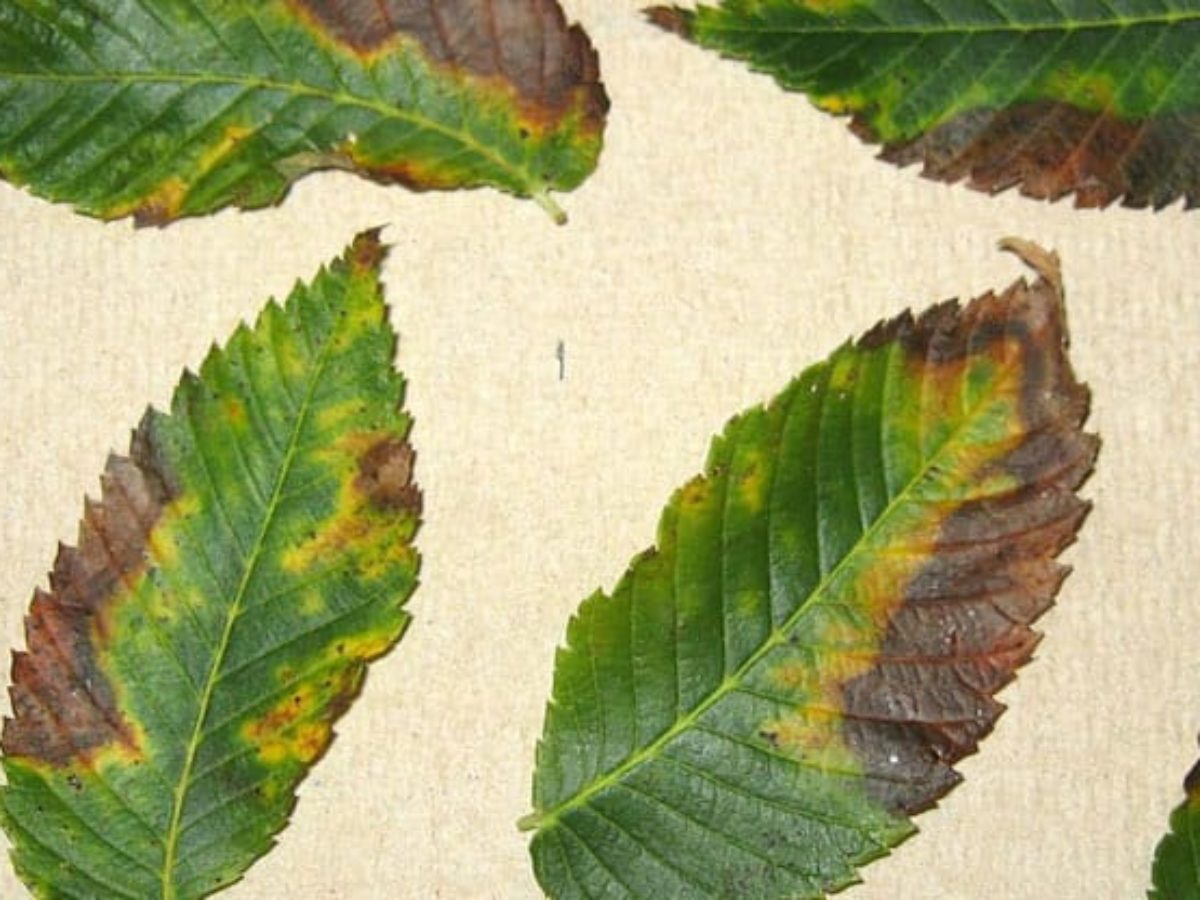
Brown Dying Or Scorched Tree Leaves Bacterial Leaf Scorch Faqs Organic Plant Care Llc Flemington Nj

Horse Chestnut Woes Dealing With Disease
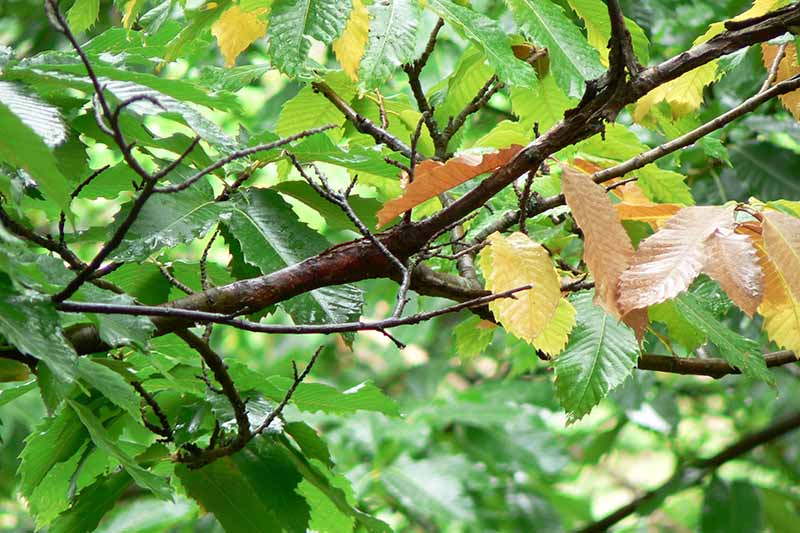
Common Chestnut Tree Diseases Gardener S Path
